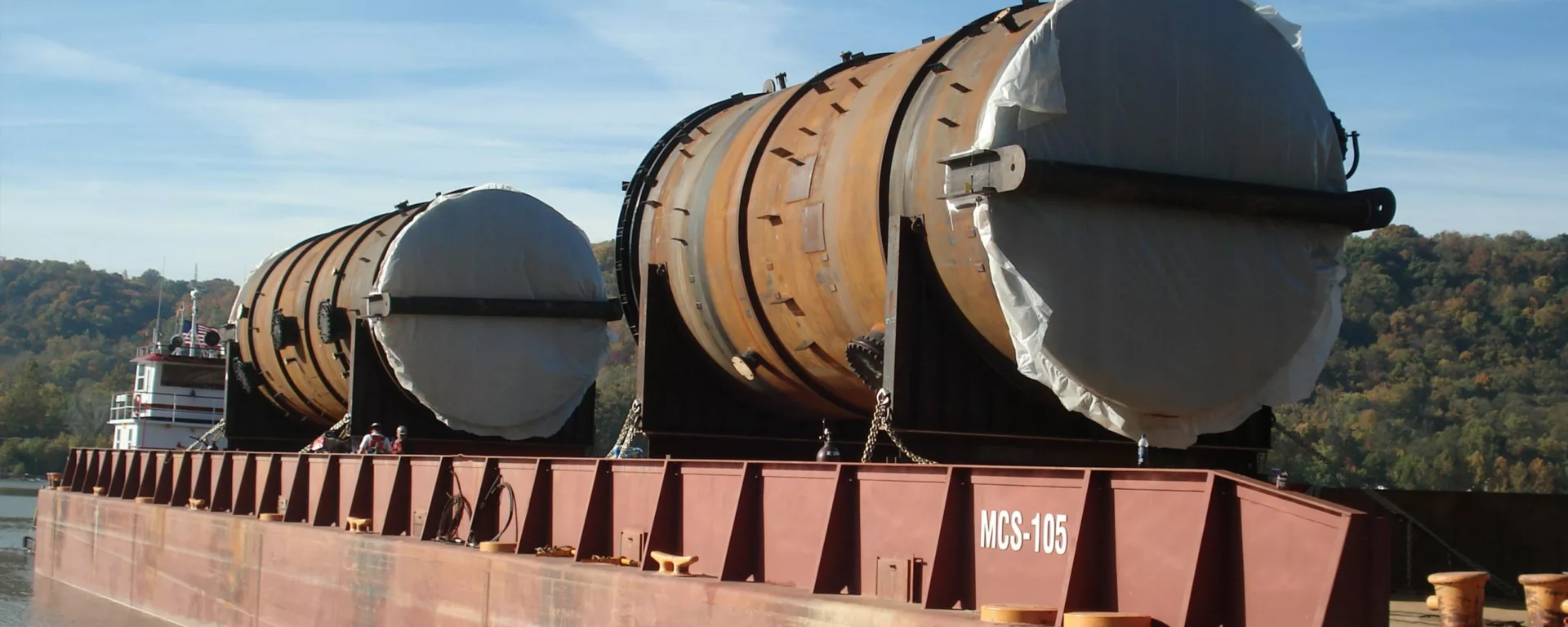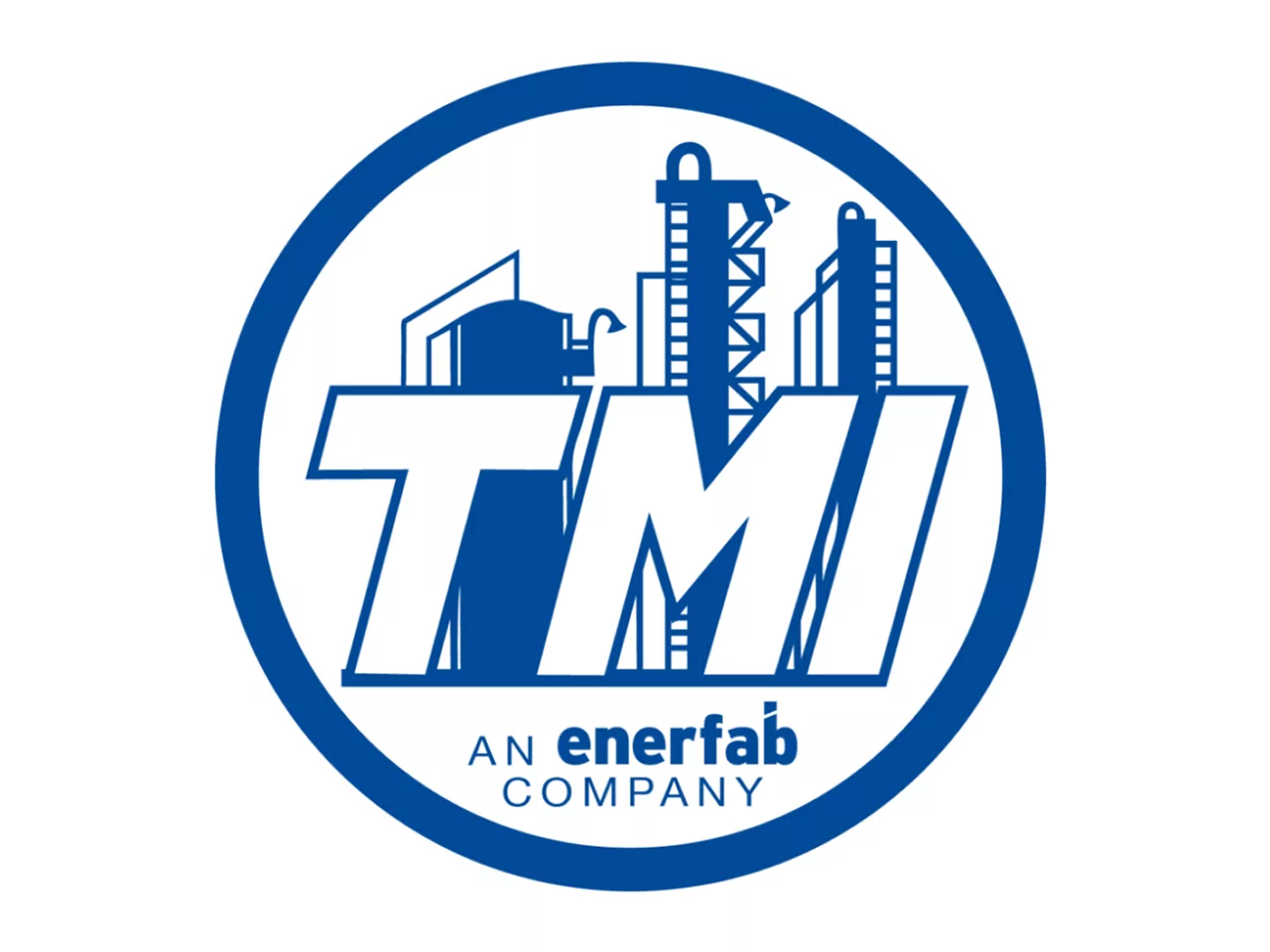Turning Hindsight Into Foresight in Supply Chain Management
Article by Enerfab Director of Supply Chain Kelly Huffsteder
Imagine if, one year ago, the supply chain leadership of a company had proposed making preparations for a global pandemic that would have populations in many industrial countries on stay-at-home orders. Undoubtedly, upper management would have challenged this proposal, arguing that the increase in costs to ensure supply chain integrity during such a time was too great since such a thing had never happened.
Yet here we are. And knowing what we know now, those supply chain leaders look pretty smart.
The COVID-19 pandemic we’re now facing is an unprecedented event that has disrupted almost every aspect of business, not least of all supply chains. However, it doesn’t take a pandemic to rattle a supply chain. We’ve already seen our fair share of disruptions — from a supplier closure to tsunamis to Brexit — that can have immediate or longer-term impacts on the supply chain.
Now imagine that our prescient supply chain leaders from before got the blessing to make the necessary preparations. That company would be in a better position to succeed, despite the current woes.
It is the responsibility of supply chain leadership to stay proactive and manage the risk of a company’s supply chain and communicate the impacts to the business as soon as possible. Here are some key points for heading off an unplanned supply chain disturbance, like COVID19, as well as improving your company’s supply chain resilience for the next big challenge:
- Act Immediately — The sooner you can get ahead of addressing issues in your supply chain, the better.
- Work Closely with the Impacted Suppliers — Communicate regularly to understand the challenges they are facing that could put your supply chain at risk. For instance, in the case of the COVID-19 pandemic, are your suppliers able to stay open as essential? Are they planning to change shifts to spread workers out or cut hours that could impact their lead times? Things can change over time, which is why you need to stay connected throughout the disruption.
- Understand Your Inventory Position — Where and when are you going to feel pain as a business? What are your options to improve your inventory position? For example, if a local distributor of off-the-shelf products closes its doors, you may be able to source from another distributor fairly quickly. However, if a supplier that handles your custom-made products closes unexpectedly, you will need to create a plan and timeline to move business elsewhere.
You should have an inventory plan for every part. Local off-the-shelf items from a reliable supplier with stable usage could require less inventory; you should probably have extra stock of sole-sourced, long lead-time, complicated things.
- Expect the Unexpected — Investigate and anticipate how current market events might impact your supply chain, as some might be less obvious. An example of this is fuel’s relationship to carbon dioxide cylinders. Fuel demand has dropped, which impacts ethanol. Many ethanol plants have scaled back production or shut down, which can impact availability of carbon dioxide.
- Analyze the Cost Impact – Your company might have to buy additional inventory or pay more for products due to the circumstances. These impacts need to be understood and mitigated where possible. Chinese tariff impacts are a good example – companies could be paying up to 25% more for products coming directly or indirectly out of China. How does that impact the overall material spend, and where should the company put immediate effort into finding alternative supply chains?
- Know Your Supply Base … and Their Supply Bases — Understand the risk mitigation strategies of your suppliers and your sub-tier suppliers. And when you are exploring new suppliers, make sure you are not just weighing the obvious cost, quality, and delivery capabilities. Weigh the risk of the supplier — such as geographic location, capacity, infrastructure, etc.
In unforeseen circumstances like these, the best thing companies can do is analyze the past and apply those lessons to the future. Hindsight is 20/20, and it often provides the right kind of clarity to help strengthen your company’s supply chain in the future.




